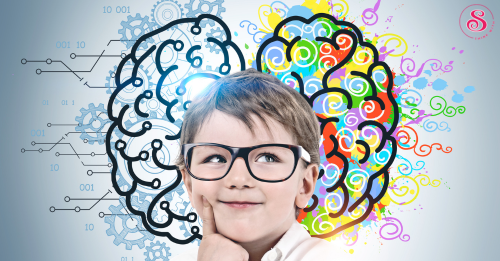In the hustle and bustle of life, our reactions often take the driver’s seat. We find ourselves impulsively responding to situations, driven by emotion or habit. However, there is immense power in choosing to respond rather than react. This article explores the art of thoughtful action in personal life, professional scenarios, and relationships, offering insights, practical examples, and expert references to guide you on the path to mindful responses.
Understanding Reacting vs. Responding
Reacting is often an automatic and emotional response to a situation, while responding is a thoughtful, measured action. To respond means to consider the circumstances, emotions, and consequences before making a move.
1. Pause and Reflect:
One of the most critical steps in responding is to pause and reflect. In personal life, this can mean taking a moment to consider the implications of your choices, especially when faced with a difficult decision.
Personal Example: Jane was at a crossroads in her career. She took a step back, reflecting on her long-term goals and personal values before deciding whether to accept a new job offer or stay in her current role.
2. Embrace Emotional Intelligence:
In professional settings, emotional intelligence plays a pivotal role in responding effectively. It involves recognizing and managing your emotions and understanding the emotions of others.
Professional Example: Mark, a manager, faced a disgruntled employee. Instead of reacting defensively to the criticism, he used emotional intelligence to empathize with the employee’s concerns and collaboratively work towards a solution.
3. Communication Over Reaction:
In relationships, responding involves effective communication. Rather than reacting to conflicts with anger or defensiveness, take the time to listen, understand, and express your thoughts calmly.
Relationship Example: Sarah and David had a disagreement about finances. Instead of reacting with frustration, they sat down to discuss their financial goals and concerns, fostering a deeper understanding of each other’s perspectives.
Reference: Goleman, D. (1995). Emotional Intelligence. Bantam Books.
4. Mindful Decision-Making:
In personal life, mindful decision-making is a key aspect of responding. It involves considering the potential consequences of your choices on your well-being and future goals.
Personal Example: Mike was tempted to indulge in unhealthy eating habits. He practiced mindful decision-making by considering the long-term impact on his health, leading to healthier choices.
5. Cultivate Resilience:
In professional life, responding requires resilience in the face of challenges. Instead of reacting with despair or frustration, resilience allows you to adapt, learn, and grow.
Reference: Seligman, M. E. (2011). Flourish: A Visionary New Understanding of Happiness and Well-being. Free Press.
Choosing to respond, not react, is a transformational journey that brings mindfulness and intentionality into your personal life, professional endeavours, and relationships. By pausing and reflecting, embracing emotional intelligence, prioritising effective communication, practicing mindful decision-making, and cultivating resilience, you empower yourself to navigate life’s complexities with wisdom and grace. As referenced from experts like Daniel Goleman on emotional intelligence and Martin Seligman on resilience, these strategies form a powerful toolkit for those who seek to master the art of thoughtful action.
References:
- Goleman, D. (1995). Emotional Intelligence. Bantam Books.
- Seligman, M. E. (2011). Flourish: A Visionary New Understanding of Happiness and Well-being. Free Press.

